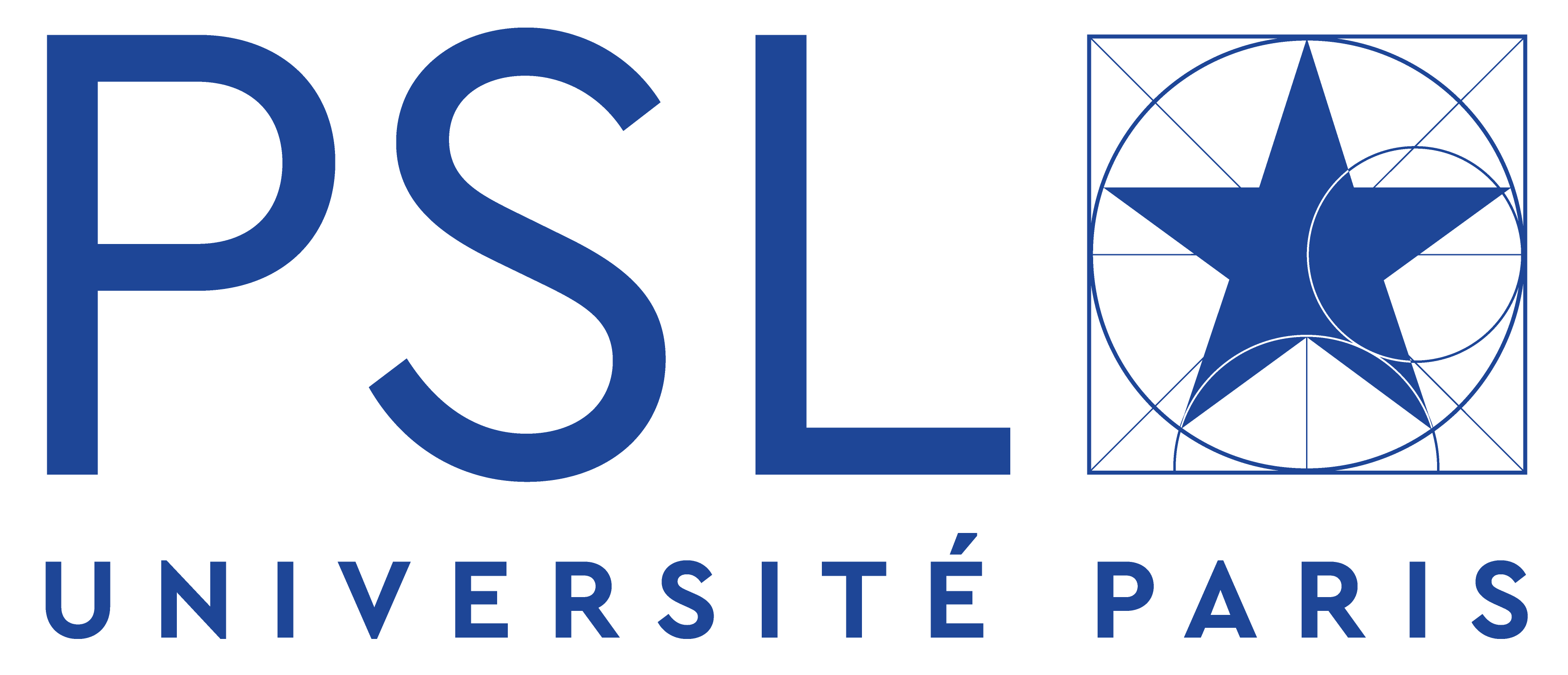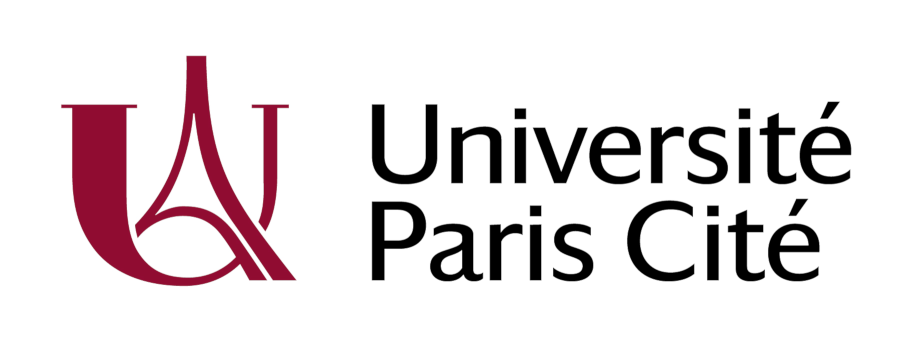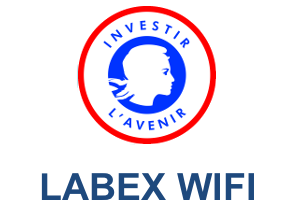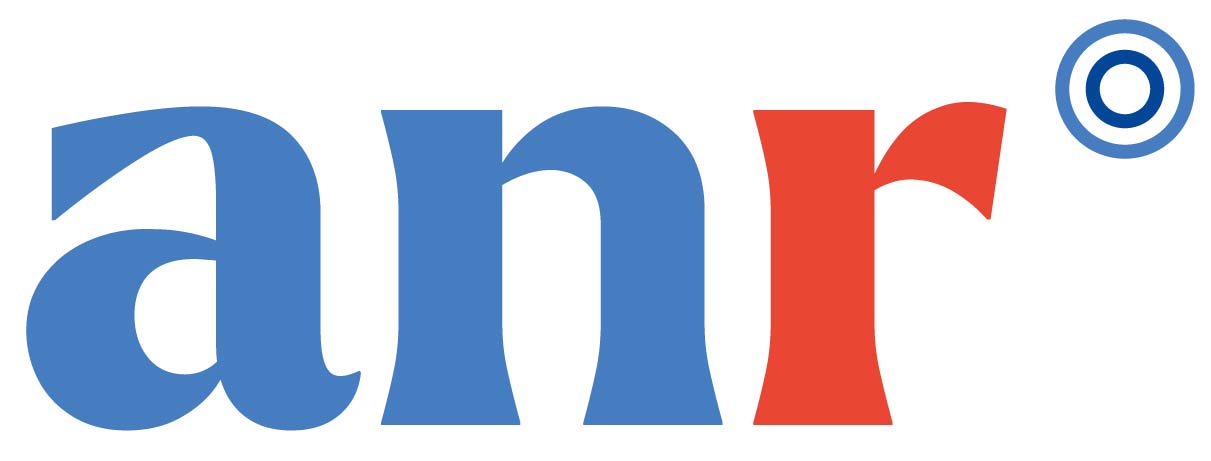Micro Electro Mechanical Systems (MEMS) heave a large potential for innovative applications. Among them, microcantilevers are most promising in terms of applications as physical, chemical or biological sensors. The optical imaging systems developed at ESPCI and the Langevin Institute allow the study of the mechanical behaviour of such systems in interaction with their environment, allowing precise and selctive detection. Electrochemistry is used as a way to stimulate these sensors, in association with interferometric, reflectance or ellipsometric detections, allowing insitu analyses of the optomechanical response of these MEMS.
In electronic or optoelectronic systems, where extremely high and localised temperature increases are common, heat management is a crucial issue. We have developed systems using temperature-induced reflectivity changes to monitor and image local temperatures with spatial resolutions of the order of 300 nm, i.e. one order of magnitude better than most IR-based detection systems. Depending on the applications, such as integrated circuits, high power and high frequency transistors (HEMT), or laser diodes (ridge or vertical cavity lasers), a careful choice of the probe wavelength, from the near infrared to the ultraviolet, allows access to the heated regions through the passivation layers or through the substrate. Additionally, several systems allowing frequency resolution up to a few MHz, or time resolution down to 100 ps have been developed, allowing high resolution imaging with temperature resolutions down to 0.1 K in the best cases.
In collaboration with LPEM-ESPCI, we have contributed to the development of a system using modulated laser excitation to locally heat metallic samples. An IR-camera-based detection systems allows the measurement of the surface temperature field, which is locally disturbed in the presence of cracks. A specially developed signal processing procedure allows the precise localisation of cracks in metallic samples, as well as the evaluation of the crack depth. This method has an interesting potential in non destructive testing, offering an alternative to disruptive and manpower demanding methods such as penetrant inspection, which are currently used in many industrial applications.
Within the European project ModeGap, the development of hollow core Photonic Band Gap Fibers (PBGF) aims at providing next generation fibers for low loss and long haul optical telecommunications. The main limitation to efficient transmission in these fibers is currently associated to surface roughness in the core of the fibers, which induce scattering losses. We have developed an interferometric microscope which is able to measure differential roughness profiles with vertical sensitivities of a few picometers. Using oil immersion, this system is now able to measure roughness inside unopened fibers. Our results indicate that roughness on flat glass surfaces is mainly driven by cappillary waves statistics at the liquid-air interface in molten glass, during the glass fabrication processes. In the special case of optical fibers, we are currently studying other processes which might dominate roughness statistics.
[Garraud2011] N. Garraud, Y. Fedala, F. Kanoufi, G. Tessier, J. P. Roger, and F. Amiot, "Multiple wavelengths reflectance microscopy to study the multi-physical behavior of MEMS". Optics Letters (2011).
[Suck2010] S. Suck, G.Tessier, A. Babuty, Y. Dewilde, "Frequency-resolved temperature imaging of integrated circuits with full field heterodyne interferometry, " Applied Physics Letters 96, 121108 (2010)
[Moreau2010] V. Moreau, G. Tessier, Y. De Wilde, F. Raineri, M. Brunstein, A Yacomotti, R. Raj, I. Sagnes, and A. Levenson, "Transient ThermoReflectance Imaging of Active Photonic
Crystals", Applied Physics Letters 96, 091103 (2010)
[Rabarot2010] "Silicon-On-Diamond layer integration by wafer bonding technology" RABAROT, WIDIEZ, SAADA, MAZELLIER, LECOUVEY, ROUSSIN, DECHAMP, BERGONZO, ANDRIEU, FAYNOT, DELEONIBUS, CLAVELIER, ROGER , Diamond & Related Materials 19 (2010) 796–805
[Amiot2009] “Charge redistribution in electrochemically-actuated mechanical sensors” F. AMIOT , F. KANOUFI, F. HILD, J.P. ROGER , Sensors and Actuators A 152 (2009) 88–95
[Brunstein2009] M. Brunstein, R. Braive, R. Hostein, A. Beveratos, I. Robert-Philip, I. Sagnes, T. J. Karle, A. M. Yacomotti, J. A. Levenson, V. Moreau, G. Tessier and Y. De Wilde, "Thermo-optical dynamics in an optically pumped Photonic Crystal nano-cavity", Optics Express 17, 19, 17119 (2009).
[Bradoux2009] M. Bardoux, , A. Bousseksou, G. Tessier, S. Bouchoule, D. Fournier, A. Salhi, Y. Rouillard and F. Genty. "Thermoreflectance imaging of laser diodes and VCSELs along and perpendicular to the emission direction", Optics and lasers in engineering, 47, 3-4, 473-476 (2009)
[Amiot2012] F. Amiot, Y. Fedala, C. Flammier, N. Garraud, F. Kanoufi, J.P. Roger, G. Tessier, "Surface mechanics and full filed measurements for micromechanical sensors". Procedia IUTAM 4 ( 2012 ) 7 – 14
[Flammier2010] C. Flammier,Y. Fedala, F. Kanoufi, G. Tessier, J.P. Roger, F. Amiot, "Electro-elastic coupling modeling from multiple wavelengths imaging microscopy". ICEM 2009, Rome, Italy, 6-8 Septembre 2010.
[Kanoufi2012] Frédéric Kanoufi, Fabien Amiot, Catherine Combellas, Sarra Gam-Derouchi, Sorin Munteanu, Jean-Paul Roger, Gilles Tessier "Procédé et dispositif de mesure d’un milieu d’intérêt" Brevet Français n°1256911, déposé le 17 juillet 2012
[Boue2012] "Procédé d’évaluation de la profondeur d’une fissure", C. BOUE, M. STREZA, J.P. ROGER, G. TESSIER , Demande de Brevet en cours
[Volz2009] S. Volz (Ed.), "Thermal Nanosystems and nanomaterial, Springer Topics in Applied Physics (2009), G . Tessier, « Photothermal Techniques », pp 313-331









